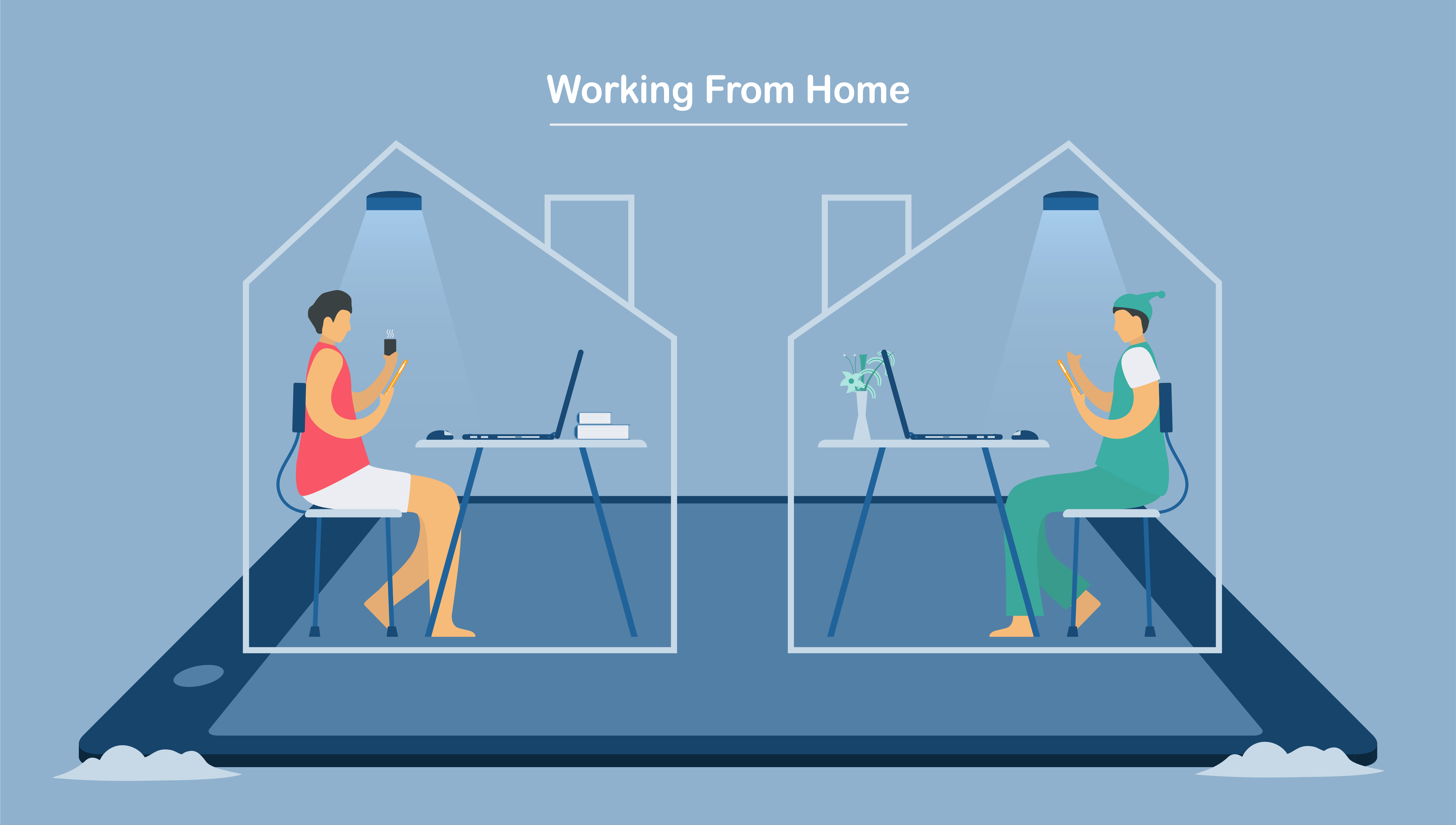The COVID-19 pandemic has forced companies to quickly shift to remote work to ensure the safety of their employees. While the shift to remote work may have been sudden, it has quickly become a popular trend among many companies. The rise of remote work is transforming the way businesses operate and is likely to continue long after the pandemic is over. In this blog, we'll explore the rise of remote work and how to manage a distributed workforce in a post-pandemic world.
The Raise of Remote Work
Remote work has become more popular in recent years. The pandemic accelerated the shift to remote work as companies had to find ways to keep their employees safe while also maintaining business continuity. According to a study by FlexJobs, the number of remote workers in the U.S. increased by 159% between 2005 and 2017, and the trend has only continued since then.

Benefits of Remote Work
Remote work has become increasingly popular among employees and employers alike due to the numerous benefits it provides. Here are some of the top benefits of remote work:
- Flexibility and Autonomy: Remote work provides employees with the flexibility to set their own schedules and work from anywhere in the world. This allows employees to balance their work and personal life more effectively, leading to improved job satisfaction and work-life balance.
- Increased Productivity: Remote workers are often more productive than their office-based counterparts. This is because they can eliminate distractions and focus on their work in a comfortable environment that suits their needs
- Reduced Commuting Time and Costs: Remote workers do not have to commute to and from work, which saves them time and money on transportation. This also reduces traffic congestion and the environmental impact of commuting.
- Access to a Global Talent Pool: Remote work allows companies to hire the best talent from anywhere in the world, rather than being limited to a specific geographic location. This provides businesses with a competitive advantage by accessing a broader range of skills and expertise.
- Improved Health and Well-being: Remote workers experience lower levels of stress, burnout, and absenteeism compared to office-based workers. This is because remote work allows employees to have more control over their work environment, which can lead to better mental and physical health.
- Cost Savings for Employers: Remote work can save employers money on real estate costs, office equipment, and utilities. This can be especially beneficial for small businesses and startups that need to keep their expenses low.

Challenges of Remote Work
While remote work provides many benefits, it also comes with its own set of challenges. Here are some of the key challenges of remote work:
- Communication and Collaboration: Remote work can make it more difficult for team members to communicate effectively and collaborate on projects. This is because remote workers may not have the same level of access to information or be able to communicate in real-time as easily as they would in an office environment.
- Work-Life Balance: Remote work can blur the lines between work and personal life, making it challenging for remote workers to switch off from work and maintain a healthy work-life balance.
- Cybersecurity: Remote work can pose a security risk to businesses, as remote workers may not have the same level of cybersecurity protection as they would in an office environment. This can lead to data breaches and other security threats.
- Performance Management: Remote work can make it more challenging for managers to assess the performance of remote workers. This is because remote workers may not have the same level of visibility and interaction with their managers as they would in an office environment.
- Loneliness and Isolation: Remote work can be isolating for some workers, especially those who are used to working in a social environment. This can lead to feelings of loneliness and disconnection from the rest of the team.
- Technology and Equipment: Remote workers may not have access to the same technology and equipment as they would in an office environment. This can make it more challenging for them to do their work effectively.
Managing a Distributed Workforce
Managing a distributed workforce requires a different approach compared to managing an in-person team. To effectively manage a remote workforce, businesses need to establish clear expectations and guidelines, encourage communication and collaboration, provide the right tools and technology, measure and monitor performance, build a strong company culture, and provide training and support. By implementing these strategies, businesses can ensure that their remote workforce is productive, engaged, and aligned with the company's goals. Effective management of a remote workforce can result in increased productivity, reduced costs, and improved work-life balance for employees.
In conclusion, The rise of remote work is transforming the way businesses operate, and managing a distributed workforce requires effective strategies and tools. By implementing effective communication and collaboration tools, creating a strong remote work culture, implementing performance management systems tailored to remote work, and robust cybersecurity measures, companies can manage their distributed workforce effectively in a post-pandemic world.
